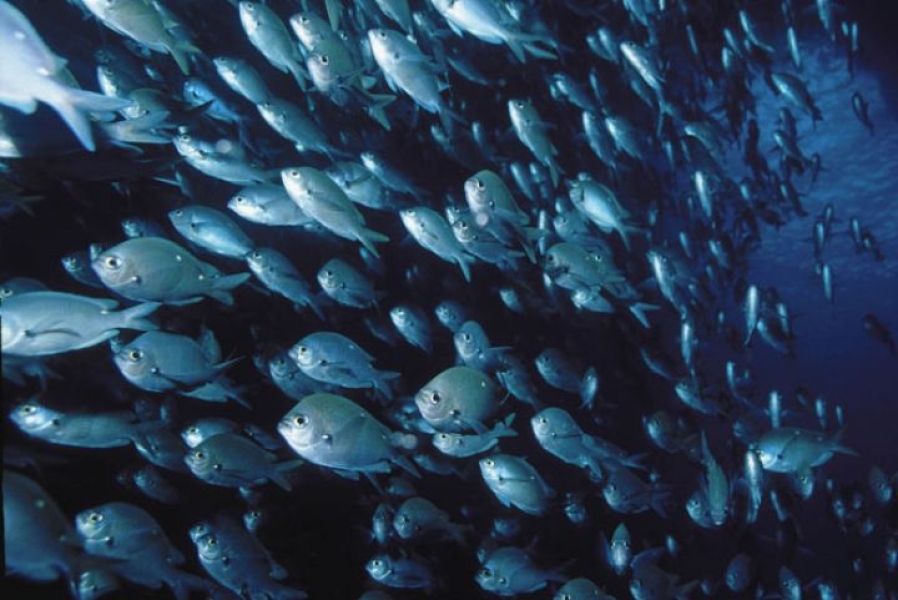More than 50 scientists from across the globe are meeting in Wellington this week to discuss how newly developed technology can best help countries manage their marine fisheries.
NIWA and Victoria University are co-hosting the workshop to look at results from the latest mathematical modelling to better understand and predict the future effects of change on marine ecosystems.
The mathematical modelling system is known as MICE – Models of Intermediate Complexity in Ecosystems. MICE captures the key relationships in the ecosystem to understand how they work.
Organiser and NIWA fisheries scientist Alistair Dunn says taking more of ecosystem-based approach to managing fisheries was becoming increasingly important “in light of the changes that will take place in our marine systems in coming years”.
The international experts include Professor Andre Punt (University of Washington), Dr Malcolm Haddon (CSIRO), Dr Cathy Dichmont (CSIRO), and Dr Anna Rindorf (Technical University of Denmark).
“An important aspect of managing marine fisheries is understanding the long term dynamics and how we can best consider issues such as multiple marine use objectives, economic value and ecosystem sustainability,” Alistair Dunn says.
“Understanding the link between species, and how the impacts of environmental change or changing marine resource use can be understood is the reason we brought this group of scientists together”.
Scientists from the United States, Canada, Australia, Europe and New Zealand are discussing the latest results from the application of multispecies and MICE models as new technologies to help them understand and predict the future effects of change
Victoria University Associate Professor of Fisheries Matthew Dunn says while New Zealand was recognised as having one of the best managed fisheries in the world, it was still learning how parts of the ecosystem link together.
Alistair Dunn said the science currently provided to fishery managers examines one species at a time, and are treated in isolation.
“While these serve us well in many instances, we are getting closer to understanding how the linkages between environment, species, and our actions will affect our marine resources” he said.
These new developing methods provide scientists with an idea of how robust the traditional single species approaches are when applied to the real world.
Models presented at the workshop include:
- The effects of fishing prey species as well as their larger fish predators in the Baltic Sea
- Modelling methods of controlling Crown of Thorn starfish outbreaks in the Great Barrier Reef
- The effects of toothfish fishing on bycatch species in the Ross Sea
- In New Zealand, looking at the links between predators, prey, and other environmental drivers on the sub-Antarctic sea lion population.
The workshop is funded by Knowledge Based Bio-Economy (Europe), CSIRO (Australia), NIWA, Victoria University of Wellington, and the Ministry of Business Innovation and Employment.

